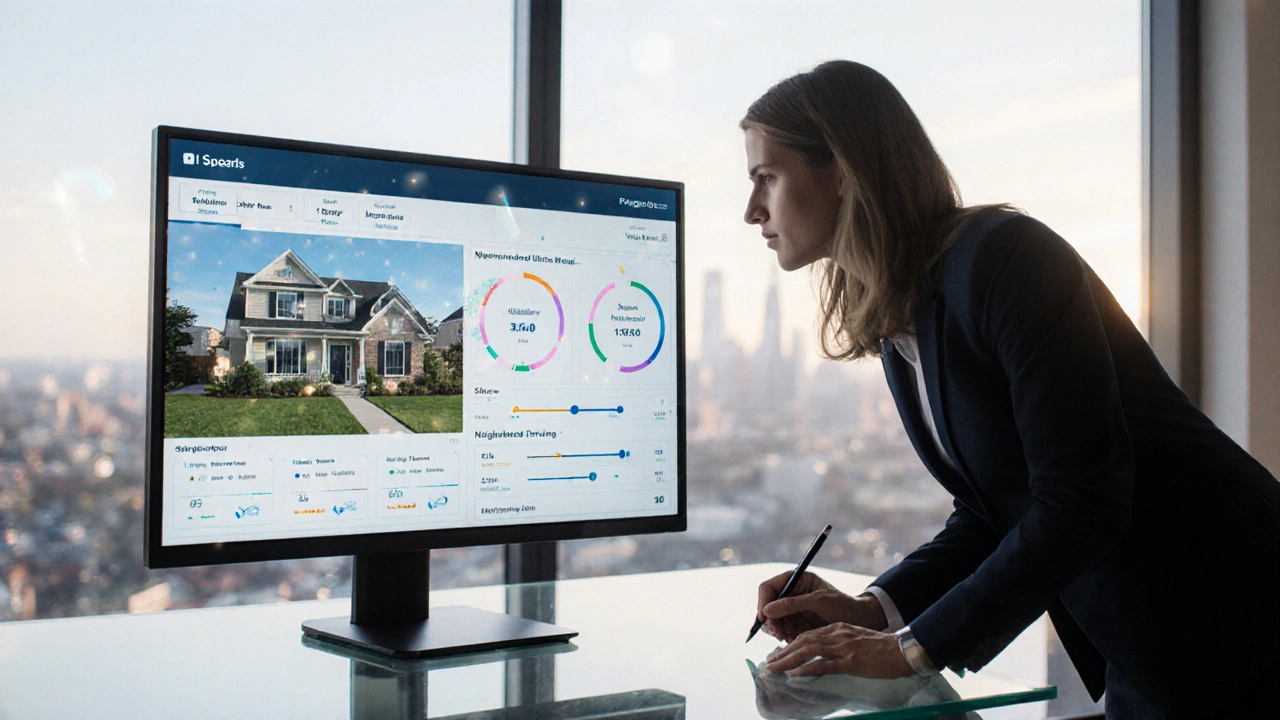Smart Building AI: Turning Buildings Into Intelligent Spaces
Imagine walking into an office where the lights dim as you leave, the thermostat adjusts to the weather outside, and the security system knows who should be inside. That isn’t science fiction – it’s AI at work in smart buildings. By crunching data from sensors, cameras, and utility meters, AI can make real‑time decisions that cut energy bills, boost occupant comfort, and keep everything running smoothly. In this guide we’ll break down the most useful AI tricks you can find in today’s buildings.
Why AI Matters for Buildings
Traditional building management relies on fixed schedules and manual tweaks. That approach wastes power and often misses the mark on comfort. AI changes the game by learning patterns: it knows when a conference room is likely to be used, predicts peak electricity demand, and spots equipment that’s about to fail. The result? Lower operating costs and a healthier environment for people who spend most of their day inside. Plus, AI can react faster than any human operator – a sensor detects a temperature rise and the system instantly turns on cooling before anyone feels the heat.
Key AI Technologies Used Today
Predictive Maintenance: Machine‑learning models track vibration, temperature, and power draw from HVAC units or elevators. When a pattern looks abnormal, the system alerts maintenance crews early, preventing costly breakdowns.
Energy Optimization: AI compares real‑time usage with weather forecasts and occupancy data. It then adjusts heating, cooling, and lighting to match actual demand, shaving off up to 30% of energy waste.
Occupancy Sensing: Cameras and motion detectors feed data into computer‑vision algorithms that count people and predict foot traffic. This lets the building allocate space, control airflow, and even clean only high‑traffic zones.
Smart Security: Facial‑recognition and behavior‑analysis models differentiate between staff, visitors, and potential intruders. When something odd happens, security teams get an instant alert, reducing response time.
Indoor Air Quality Monitoring: Sensors measure CO₂, humidity, and pollutants. AI correlates these readings with occupancy and ventilation rates, automatically opening windows or boosting filtration when needed.
All these tools share a common thread: they turn raw data into actionable decisions without waiting for a human to intervene. That’s the core value of AI in buildings – speed, precision, and continuous learning.
Getting started with smart building AI doesn’t require a full remodel. Many platforms offer plug‑and‑play modules that connect to existing HVAC controllers, lighting systems, or security cameras. Begin by identifying a pain point – maybe high energy bills in winter – and add a sensor plus an AI‑driven controller to test the impact. Monitor the results for a few weeks, then scale up to other systems.
Remember, AI is a tool, not a magic fix. Clear goals, good data, and regular tuning are essential. Keep your team involved, gather feedback from occupants, and adjust the algorithms as usage patterns change. When you blend these practices with the right technology, your building becomes a living, learning entity that saves money, improves comfort, and stays secure.
So, next time you walk into a space that feels just right – lights at the perfect level, temperature spot on, and everything running silently – thank the AI working behind the scenes. With the right mix of sensors, data, and smart algorithms, any building can join the intelligent revolution.

AI in Real Estate: How Smart Tech Is Changing the Market
Explore how AI transforms property valuation, lead generation, smart building management, virtual tours, and investment analytics, plus a step‑by‑step guide to start using AI in real estate.